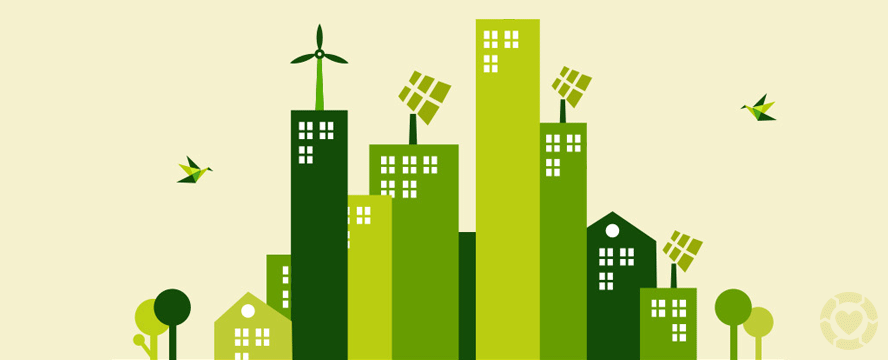The European Union has set itself the goal of reducing EU primary energy consumption by 20% by 2020, compared to current projections. The Energy Efficiency Directive (EED) (2012/27/EU) was adopted on 25 October 2012 and entered into force on 5 December 2012. The Article 7 EED knowledge sharing platform brings together information on EEO schemes and alternative policy measures from across the EU (and beyond) in one central place.
The ENSPOL project has launched an online platform focusing on exchanging knowledge and experience between stakeholders across Europe on the implementation of Energy Efficiency Obligation schemes (EEOs) and alternative measures, to inform and improve the implementation of the Energy Efficiency Directive (EED), specifically Article 7.
EED Article 7 explained
The European Union has set itself the goal of reducing EU primary energy consumption by 20% by 2020, compared to current projections. The Energy Efficiency Directive (EED) (2012/27/EU) was adopted on 25 October 2012 and entered into force on 5 December 2012. It is the key instrument to help attain this goal and has now been transposed by all Member States.
The Directive establishes a common framework of measures for the promotion of energy efficiency within the Union in order to ensure the achievement of the Union’s 20-20-20 headline target on energy efficiency and to pave the way for further energy efficiency improvements beyond that date. It lays down rules designed to remove barriers in the energy market and overcome market failures that impede efficiency in the supply and use of energy, and provides for the establishment of indicative national energy efficiency targets for 2020.
Under the EED, EU countries should set up an energy efficiency obligation scheme. This scheme requires energy companies to achieve yearly energy savings of 1.5% of annual sales to final consumers. In order to reach this target, companies have to carry out measures which help final consumers improve energy efficiency. This may include improving the heating system in consumers' homes, installing double glazed windows, or better insulating roofs to reduce energy consumption.
EU countries may also implement alternative policy measures which reduce final energy consumption. These measures could include:
- Energy or CO2 taxes
- Financial incentives that lead to an increased use of energy efficient technology
- Regulations or voluntary agreements that lead to the increased use of energy efficient technology
- Energy labelling schemes beyond those that are already mandatory under EU law
- Training and education, including energy advisory programmes
Article 7 EED platform
The Article 7 EED knowledge sharing platform brings together information on EEO schemes and alternative policy measures from across the EU (and beyond) in one central place. The aim is to make this information easily accessible and available to a wide audience in order to:
- Enable the dissemination of knowledge and experience and
- Inform and support policy making and implementation
The platform aims to provide information on past experiences and current challenges of EEO schemes and alternative policy measures. The primary source of information on the platform is the Intelligent Energy Europe ENSPOL project, but reference is also made to a range of other relevant and related studies and resources with the expectation that this content will grow over time through contributions made by users of the platform.

The Article7EED.eu platform is an output of the EU-funded ENSPOL project.
ENSPOL
Project details
- Project title: “Energy Saving Policies and Energy Efficiency Obligation Schemes” (ENSPOL)
- Funding scheme: European Union Intelligent Energy Europe Programme (EU IEE)
- Duration: 2.5 years (1 March 2014 – 31 August 2016)
- Project coordinator: JIN Climate and Sustainability, Groningen, Netherlands
- Project website: www.enspol.eu

